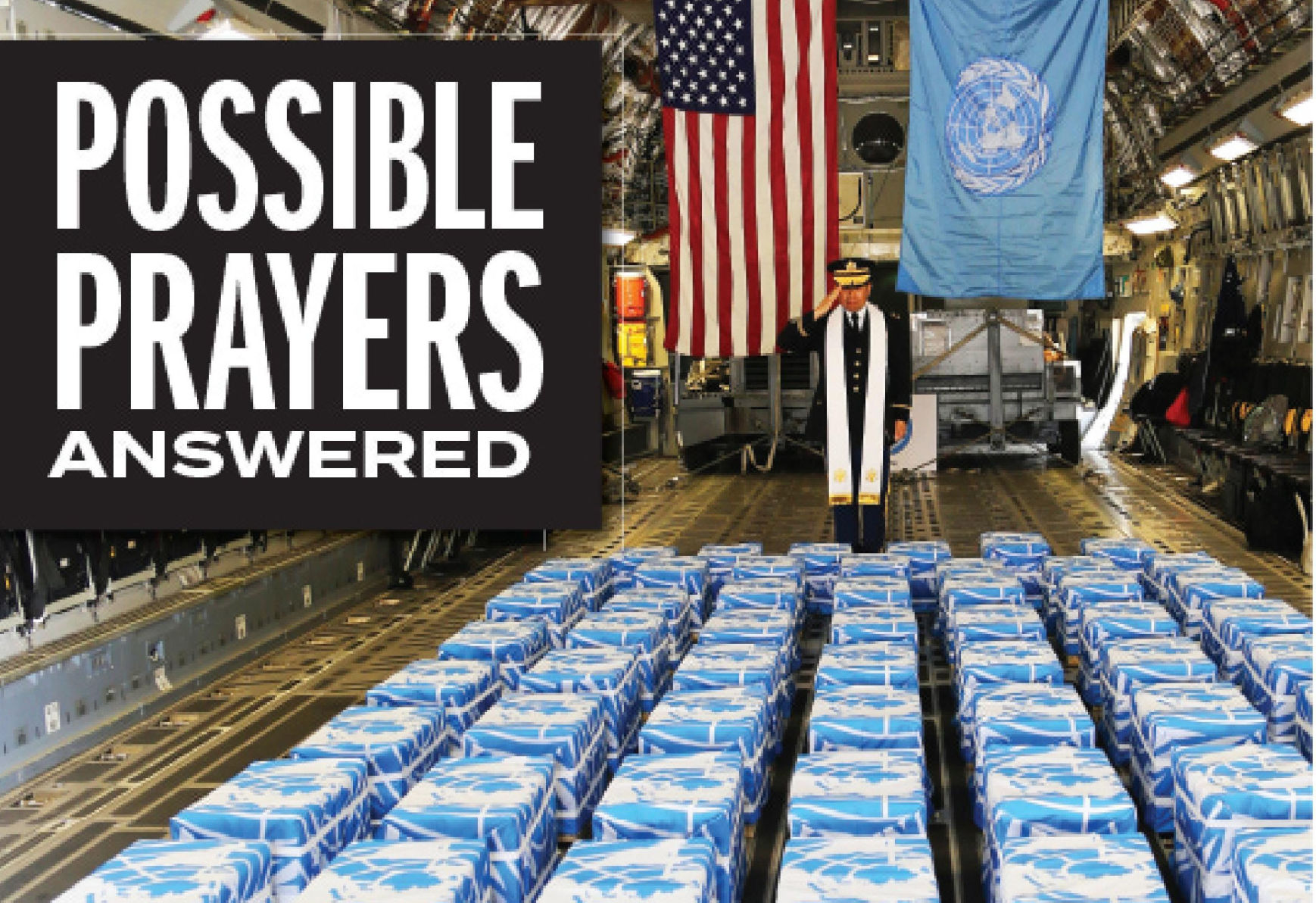
Is Your Child’s School Promoting Healthy Habits or Junk Food?
August 8, 2018
Let’s Geaux Breaux!
August 8, 2018When Linton Doucet of Golden Meadow heard last week that remains of missing American service members were brought home from North Korea, he immediately thought of a fellow veteran, Hubert Theriot, and fierce fighting at the Chosin Reservoir in 1950.
In Chauvin, it was Camille Plaisance who was at the forefront of veteran Sou Henry’s mind, along with his own memories of Chosin’s battlefield hell.
Ronnie Verdon’s thoughts at his Raceland home turned to the memory of his uncle, Calvin Rodrigue.
Theriot, Plaisance and Rodrigue are among an estimated 143 Louisiana soldiers, sailors, marines and airmen who never came home from Korea. About 7,700 U.S. soldiers overall are listed as missing, and remains of more than two thirds of those are expected to be in North Korea.
The potential that the newly repatriated remains of an estimated 55 fallen Americans fuels hopes and prayers among family and friends of the missing, 65 years after the bloodshed ended. Forensics experts said years may pass before identifications, when possible, will be made. Identifications are the responsibility of specialists working for the Department of Defense Joint POW/MIA Accounting Command at Pearl Harbor. In prior interviews officials there have described the process as meticulous and far-reaching.
U.S. forces were the tip of a multi-national United Nations spear that sought to aid South Korea in its battle against North Korea, which was backed by the Soviet Union and China.
War raged from 1950 to 1953. Estimates of the full body count including both sides and Korean civilians are in excess of one million. U.S. dead, according to the U.S. Department of Defense, are estimated at
nearly 34,000 directly related to combat. The 1953 armistice resulted in the division of Korea into north and south that exists to date.
Last week’s repatriation drew the attention of many area veterans, whose service was not limited to the Korean war.
“It is the desire of all warriors is to have their remains treated with respect and dignity,” said Lee Shaffer of Houma’s Leonard Hotard American Legion Post 31. He recalled his own service at the U.S. air base in Ramstein, Germany when deceased fellow airmen where brought while en route to their final resting places. “Whether it was day or night, there was always someone, if not a group, of their comrades who would meet the plane and ensure their body was guarded and honored with respect until moved on to the next step of their trip home. (This) may not appear to be a big deal on the stage of global politics, but it means to world to our men and women in the armed forces.”
A U.S. C-17 transport flew to Wonson, North Korea with wooden transit caskets on board, returning Friday with the 55 sets of remains to Osan Air Base in South Korea. A formal repatriation ceremony was scheduled for Wednesday.
“It was a successful mission following extensive coordination,” said the United Nations Command and U.S. Korea Forces Commander, UNC and USFK Commander Gen. Vincent K. Brooks. “Now, we will prepare to honor our fallen before they continue on their journey home.”
Defense Secretary James N. Mattis told reporters last week that the repatriation indicates a thaw in U.S.-North Korean relations.
The White House, in a press release, credits President Donald Trump’s summit with Chairman Kim Jong Un of North Korea for the development. The last time North Korea allowed repatriation of U.S military remains was in 2005, the Washington Post reported.
In Golden Meadow, Linton Doucet recalled learning that fellow Lafourche warrior Pvt. Hubert Joseph Theriot was reported missing after fighting in 1950, shortly after the war began.
“We were the first ones to go and see action in the Korean War,” said Doucet, a Navy veteran who served with the U.S. 7th Fleet. “For 24 hours a day we knocked the s— out of the enemy. They took the wounded away and we left people behind.”
Doucet and other Korea veterans have expressed frustration at the time with U.S. officials, particularly when President Harry Truman dismissed Gen. Douglas MacArthur from commanding the forces. Theriot is listed among the missing in official U.S. military accounts.
“I have been always hoping and praying one day they will recognize who he is through DNA, and that he is one of them,” Doucet said of Theriot.
Sou Henry remembers meeting the now-missing PFC Camille Plaisance on a landing vessel, and that the two Louisiana natives conversed briefly in French, the language each learned in their bayou region homes.
“That was when the Chinese came down on us,” he said. “We blew up everything that we could. Them Chinese would holler Banzai and they would come in waves. You didn’t have enough bullets. We had to take the Japanese sea with our rifles and regrouped and started back again.”
“I hope that Plaisance might be among them,” Henry said of the newly returned remains.
The family of Pvt. Calvin Lee Rodrigue learned some details of his combat encounter from fellow unit members after his 1950 disappearance in North Korea.
According to those accounts he had volunteered while his Army unit was under fire to carry a radio forward. It was the last anyone saw of him.
Ronnie Verdon — himself a Vietnam veteran — has memories from childhood of the uncle he later learned was a hero. The courage he displayed, Verdon said, was not seen as surprising by family members.
Rodrigue volunteered for military service at 17 years of age, requiring the permission of his mother, Ida M. Rodrigue, to sign up.
“My grandmother had cosigned for him but she didn’t want to,” Verdon said.
Like others close to the missing, he has experienced false hope hen other repatriations of remains have occurred.
“I was hoping they would find him,” Verdon said. “I am still hoping.”








